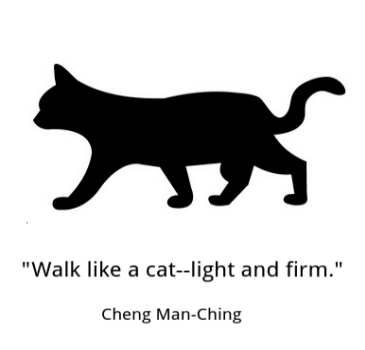Play T’ai Chi
Having fun is an important part of learning T’ai Chi. Indeed, many T’ai Chi practitioners refer to T’ai Chi practice as “playing T’ai Chi” and T’ai Chi participants as “players.” When students learn to take away one or two specific exercises and postures to work on at home, at work, [...]




